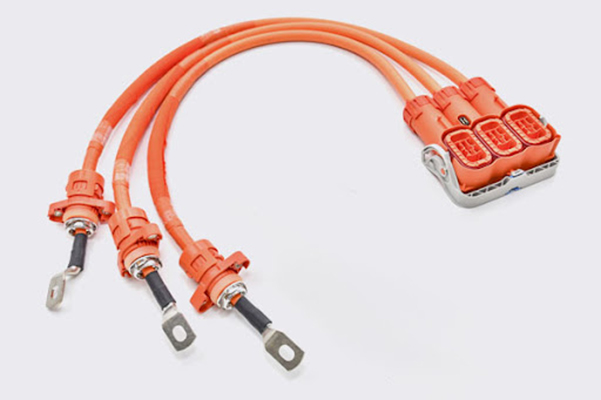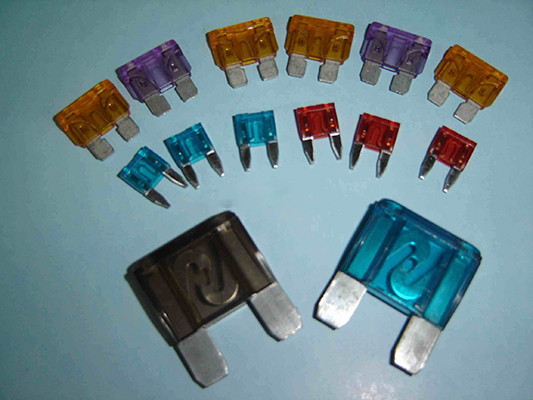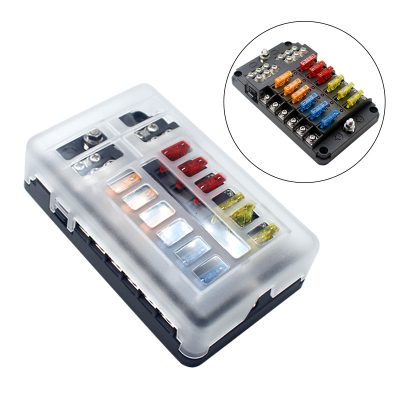Wire Harnesses Enhancing Connectivity in Automotive Suspension Systems for Sensor-ECU Integration
News 2025-10-24
Wire harnesses are critical components in modern automotive engineering, particularly in suspension systems where they facilitate seamless communication between sensors and electronic control units (ECUs). These assemblies bundle multiple wires and connectors to transmit data and power efficiently, enabling advanced vehicle dynamics control. In automotive suspension applications, wire harnesses ensure that real-time data from sensors, such as accelerometers and position detectors, reaches ECUs for precise adjustments. This integration is vital for improving ride quality, stability, and safety in various driving conditions, making wire harnesses indispensable in the evolution of automotive technology.

Application Scenarios in Automotive Suspension
Wire harnesses find extensive use in diverse automotive scenarios, particularly in active and semi-active suspension systems. For instance, in electric vehicles, they connect sensors monitoring suspension travel to ECUs that manage adaptive damping, enhancing energy efficiency and handling on uneven terrain. In high-performance cars, these harnesses support systems that adjust suspension stiffness during cornering or braking, reducing body roll and improving traction. Additionally, in off-road applications, wire harnesses enable robust data links for terrain-adaptive features, ensuring durability against vibrations and environmental factors, thus optimizing overall vehicle performance.
Key Performance Advantages
Automotive wire harnesses offer significant benefits in suspension systems through their design and material properties. They provide high reliability with resistance to heat, moisture, and mechanical stress, which is crucial for maintaining signal integrity in dynamic environments. The compact and organized wiring reduces weight and space requirements, contributing to better fuel efficiency and easier maintenance. Moreover, these harnesses support high-speed data transmission, allowing for quicker ECU responses that enhance suspension responsiveness and ride comfort. By minimizing electromagnetic interference, they ensure accurate sensor data, leading to superior vehicle control and longevity in demanding conditions.
Frequently Asked Questions
1. What is a wire harness in automotive contexts?
A wire harness is a organized set of wires, terminals, and connectors that bundle electrical systems together, simplifying installation and reducing failure risks in vehicles.
2. How do wire harnesses improve suspension system efficiency?
They enable fast, reliable data exchange between sensors and ECUs, allowing for real-time adjustments that enhance stability, reduce wear, and improve overall driving dynamics.
3. What materials are typically used in these wire harnesses?
Common materials include insulated copper wires, protective sheathing like PVC or rubber, and corrosion-resistant connectors to withstand automotive environments and ensure longevity.


